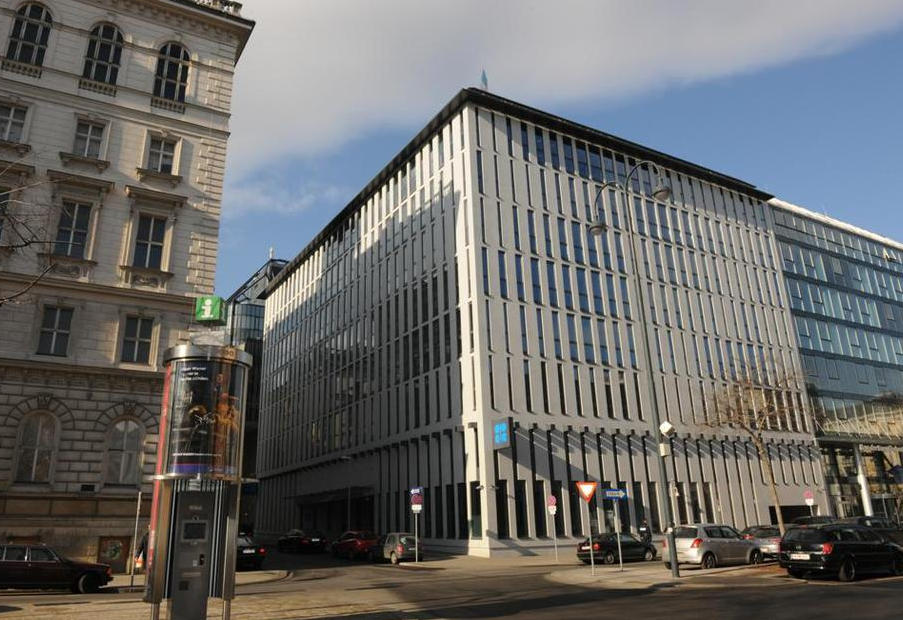
As OPEC officials shuttle between Tehran, Moscow and Paris in preparation for an informal meeting in Algiers, the focus of their efforts appears to be moving from a production freeze to voluntary output caps.
OPEC, led by Saudi Arabia, and other producers are considering a route to a deal in the Algerian capital this month that involves each country agreeing it won’t raise its production above a certain ceiling, instead of freezing at current levels. The option, one of the several under consideration, could be a way to overcome opposition from members including Iran by allowing them to join an agreement while fulfilling plans to boost production.
“The freeze negotiations are morphing into negotiations about production quotas,” said Olivier Jakob, managing director of Zug, Switzerland-based consultant Petromatrix GmbH. “Most countries are asking for a production level which includes some room for continued increase.”
While allowing each producer to choose its own level would do little to curb surplus production in the short-term, it could provide a benchmark for future policy discussions and prevent a repeat of the failed push for a freeze earlier this year. Iran continues to resist any agreement that would stop it restoring output curbed by sanctions, the same position that prompted the acrimonious collapse of talks in April.
“All the solutions are possible,” Algerian Energy Minister Noureddine Bouterfa said Friday in Moscow when asked if major producers could have the opportunity to raise output within the framework of a freeze. “Iran has the right to increase production to the pre-sanctions level. It is also the right of Libya, Nigeria to increase.”
Iraq said earlier this week that it has already told officials at the Organization of Petroleum Exporting Countries a level at which it is prepared to cap output.
After two years of a Saudi-led strategy of all-out pumping, adopted to protect market share against the surge in U.S. shale oil, crude is still trading at half its 2014 level and major producers are putting cooperation to stabilize the market back on the table. The ceiling option is one of several that countries are discussing in the lead up to the informal talks on the sidelines of the Sept. 26-28 meeting of the International Energy Forum in the Algerian capital.
Bouterfa will travel from Moscow to Paris on Friday for talks with his Saudi counterpart Khalid Al-Falih and OPEC Secretary-General Mohammed Barkindo, laying the groundwork for Algiers.
While individual output ceilings are one route, other options remain including a stricter freeze, or even postponing any deal until OPEC gathers in late November in Vienna. Saudi Arabia and Russia have scheduled bilateral talks for October, which could help to fine-tune negotiations.
A freeze in production by OPEC and Russia would be the most effective way of stabilizing the market, Alexander Novak, the Russian energy minister, said in a joint press conference at the G-20 summit in China with his Saudi counterpart on Sept. 5. Novak said his country is ready to cap output at the level of any month in the second half of this year, a period that so far has delivered record volumes from both Russia and OPEC.
A freeze at July levels, the most recent month for which data is available, would mean OPEC keeping production at 33.4 million barrels a day, roughly in line with demand for the group’s crude in the fourth quarter, according to data from the International Energy Agency.
“Iran, Libya, Nigeria and potentially Iraq remain the stumbling blocks,” for such a deal Giovanni Staunovo, an analyst at UBS Group AG in Zurich, said by e-mail. “They all want their exemptions.”
Iran is determined to raise production to 4 million barrels a day this year, from about 3.8 million currently, as it recovers from sanctions. Nigeria, which produced 1.44 million barrels a day last month, is seeking to end militant attacks on pipelines and get back to the 2 million barrels a day it pumped in January. Libya is working to reopen its main export terminals, which could boost output by 900,000 barrels a day by the end of the year.
If those nations and several others were allowed to restore halted production within the framework of a deal in Algiers, OPEC could in theory get to pump as much as 36.2 million barrels a day by next year, about 2.7 million more than the IEA’s estimate of demand for the group’s crude in 2017. That’s a bigger surplus than in 2015, a year in which oil prices dropped more than a third.
A freeze that translates into a theoretical increase of supplies is not going to be good for price sentiment, said Jakob. “Any true OPEC supply stabilization needs to come with a cut of supply from Saudi Arabia,” he said.
Recommended for you

